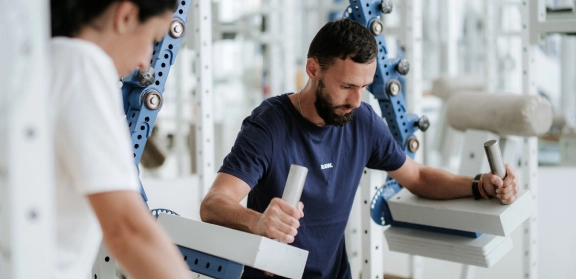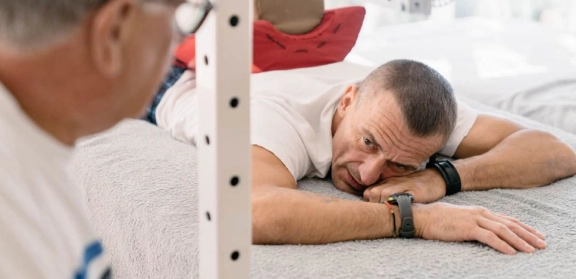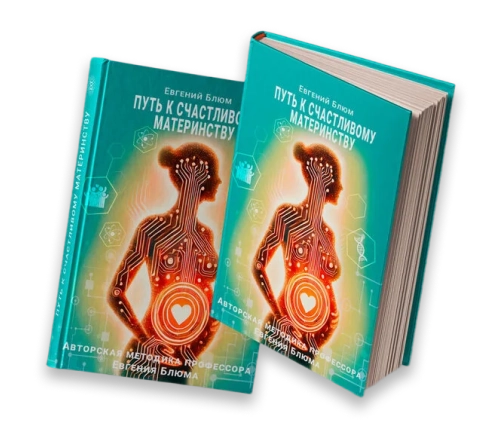Musculoskeletal Rehabilitation & Prevention Services
Our medical strategy
Professor Blum's approach is based on the early detection and elimination of age-related changes in the locomotor system. The work is divided into the following steps:
- Since all life-supporting systems are integrated into the locomotor system, its shape, proportions, and symmetry form the basis of active longevity. Therefore, we conduct a detailed assessment of the locomotor system as a whole, as well as each of its segments, joints, and every curve of the spine in three biological planes.
- We analyse the body's adaptive capacity – the muscular balances and imbalances, as well as the range of motion in all segments of the locomotor system.
- We diagnose the balance of interaction among all metabolic systems of the body.
- We assess the state of the relationships between locomotion/movement and the central and peripheral nervous systems.
Based on the diagnostic results, an individualised plan is developed to eliminate asymmetries, restore muscle balances and full-range movements in the locomotor system segments, train the adaptive systems to withstand temperature and pressure fluctuations, improve endurance for cyclic activities such as walking and running, and restore highly coordinated motor skills.
In which musculoskeletal issues is rehabilitation conducted?
To conduct effective personalised rehabilitation of the locomotor system, we work simultaneously in several directions:
- Healthy spine and joints: restoration, healing, and strengthening of all parts, segments, and elements of the locomotor system, including the lumbar, thoracic, and cervical regions, rib cage joints and connections, shoulder and pelvic girdle joints, and joints of the upper and lower limbs.
- Healthy muscles, ligaments, discs, menisci, and tendons: restoration of the optimal body geometry, posture, strength, flexibility, and muscle fullness from deep layers to the surface; elimination of signs of tissue separation, drying, swelling, and stiffness; restoring the quality of body hydrogels to replenish and energise the connective tissue matrix.
- Restoration of muscle tone in deep and superficial layers: elimination of tension, painful lumps, tightness, and the effects of embedded stress; improvement of the pumping, drainage, and postural functions of the deep muscle layers.
- Elimination of signs of uneven and premature aging: reduction of external manifestations of chronic diseases, and improvement of the digestive, endocrine, urinary, and immune systems' function.
- Restoration of cardiovascular health: improving vessel elasticity, venous outflow, and microcirculation; normalising blood pressure, organ drainage, and enhancing cerebral circulation.
General description of the problem
Spinal flexibility, pain-free movement, unlimited joint mobility, a relaxed gait, and toned body contours are undeniable indicators of youth. Beyond aesthetic appearance, the health of the musculoskeletal system determines the overall condition of the body.
Starting from age 30, the locomotor system begins to undergo age-related changes. Bones lose their density and become more fragile, increasing the risk of fractures. The quality and quantity of spongy bone tissue decrease, blood formation processes worsen, and calcium reserves in the bones decline due to hormonal imbalance and slower metabolic processes.
Reduced physical activity, impaired intestinal absorption, disrupted blood supply, and nerve supply to the bones slow down bone rebuilding processes, leading to structural degradation. The lattice structure of the bones is disrupted, voids appear, and the risk of fractures increases. Compensatory degenerative-dystrophic changes develop.
Cartilage aging, such as thinning, drying out, and reduced elasticity and cushioning function, weakens joint strength, increasing the risk of injury.
Age-related changes in ligaments, tendons, and joint capsules are accompanied by decreased elasticity, thickening, and brittleness, leading to limited mobility in the spine and joints. The range of motion decreases, stiffness, osteoarthritis, and reduced height of intervertebral discs develop, and the diffusion-based nutrition of the vertebrae is disrupted.
Simultaneously, the number and volume of muscle fibers gradually decrease, leading to reduced muscle mass. The body loses its contours, becomes emaciated, and starts to look older.
Muscle strength decreases, and the speed of muscle contraction slows, causing an uneven distribution of load on the locomotor system. Some joints bear significantly more load, resulting in arthritis and an increased risk of injury.
The contractile ability of deep muscle layers declines, slowing their pumping function, which impairs blood flow and lymphatic drainage, disrupting metabolic processes in tissues.
As a result of these changes, essential functions such as support, stability, flexibility, strength, range of motion, blood formation, tissue fluid circulation, and many others are compromised.
-
Restoring flexibility of the spine and joints
-
Strengthening bones and preventing fractures
-
Improving mobility and relieving stiffness
-
Increasing elasticity of ligaments and joint capsules
-
Restoring muscle mass and strength
-
Normalizing blood and lymph circulation in tissues
Objectives of the program
-
Restoring body geometryRestore the correct alignment of the spine and joints, eliminate deformities and imbalances, improve posture and verticality, and harmonize muscular and joint functions.
-
Improving mobility and strengthRestore freedom of movement, expand range of motion, increase endurance, coordination, and strength, and prepare the body for active physical activities like walking and running.
-
Normalizing metabolic systemsRestore the normal functioning of metabolic systems, support processes of renewal and healing, prevent premature aging and metabolic imbalance.
Proprietary methodology
The patented system of methods, techniques, and specialised equipment allows for influencing the key processes that determine the condition of the locomotor system. A comprehensive restoration of bones, joints, ligaments, tendons, joint capsules, cartilage, and muscles is carried out across all six macro-blocks:
- Anatomical structure
- Morphological quality of tissues
- Topological norm – correct organ positioning
- Sufficient blood supply for maximum function
- Energy supply necessary for optimal performance
- All functional indicators
The proprietary health improvement and rehabilitation equipment offers unprecedented adaptability and precision of impact, with predefined intensity, necessary angles, acceleration, and dozens of other controlled parameters. This leads to a planned response from bone, muscle, and fascial structures, ensuring the ability to restore symmetry, improve the flow of tissue fluids, activate metabolic processes, restore microcirculation at the deepest level, and stimulate cellular renewal.
As a result, it becomes possible, without medication or surgery, to improve the support and motor functions of the spine and joints, expand coordination, flexibility, and endurance, and regain the joy of walking and running with ease, leading an active life free from pain and limitations.
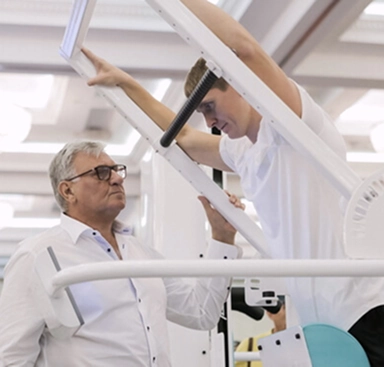
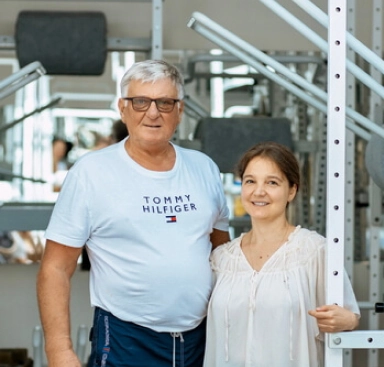
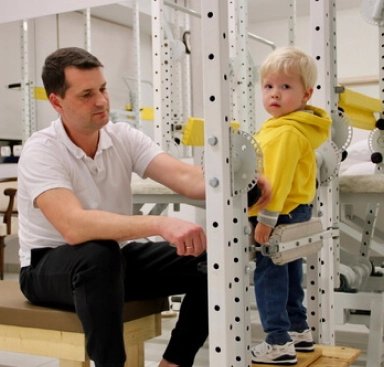
Patient stories
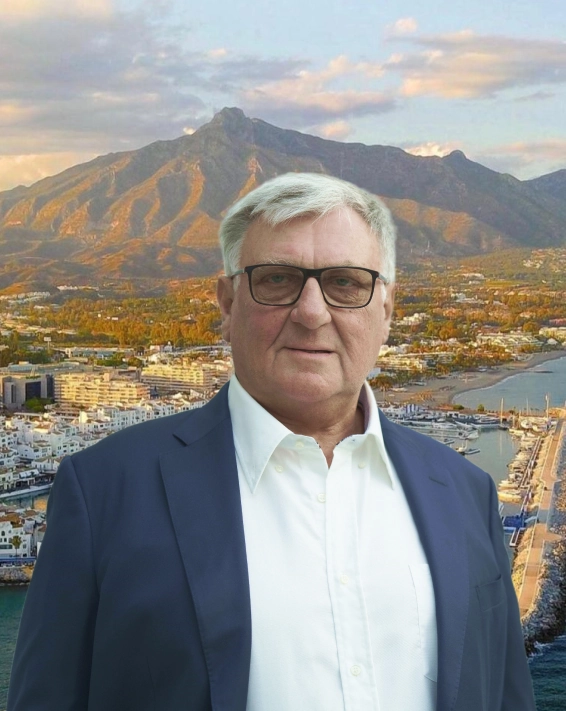
Professor Blum’s Exclusive Rehabilitation System

The center is located in a picturesque corner of the renowned resort town of Marbella, surrounded by cedar trees at the foot of La Concha mountain. Here, science and technology blend with nature, creating a space where the body returns to balance and harmony.
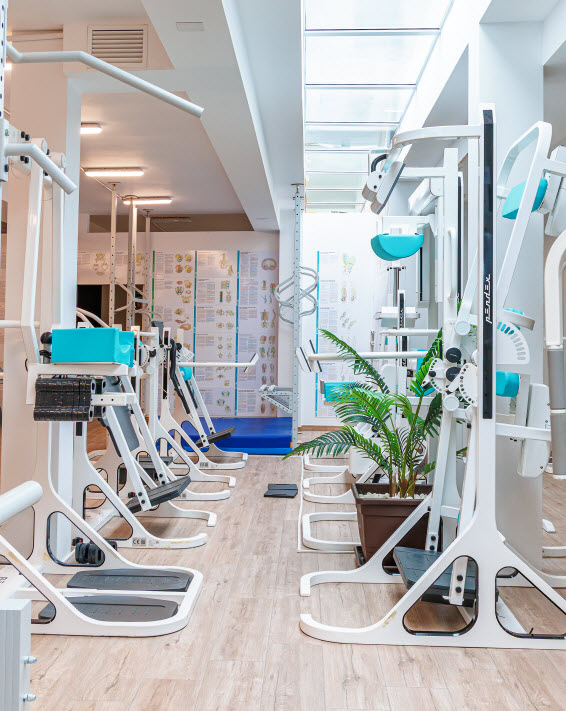
Technologies that deliver results
Select a program
- Personalized Health Recovery Programs
- Disease Prevention
- Customized Check-Up
Q&A
The cost of the basic program is 600 euros per day without accommodation, or from 719 euros per day with accommodation in a standard double room at the on-site hotel.
The most effective period is when the first signs of aging begin to appear. At 30-35 years old, tissues still have significant restorative reserves that should be utilised to the fullest. Annual check-ups followed by a comprehensive personalised health improvement program will yield the best results.
At this age, the primary goal of wellness is to preserve the remaining level of health and, if possible, accumulate and enhance it. It is important to avoid energy-draining, resource-depleting physical activities, steer clear of chronic stress and emotional overload, and maintain a proper work-rest balance. Dedicate regular time to your health: 1 hour per day, 1 day per week, 1 week per month, and 1 month per year.
This program is for you if you experience discomfort, fatigue, pain in the spine, joints, or muscles; feel a decline in life energy, burnout syndrome, chronic fatigue, weak immune system; have lost your previous coordination, body flexibility, and endurance; no longer feel like running or even walking; or have lost your joy of life and optimism. It is also for those who show signs of depression and sleep disorders, have noticed changes in body shape, or have gained significant extra weight.
-
1. Specialist Consultation.
Online consultation with an anti-aging specialist, where the patient’s medical history, predispositions, risk factors, and prior examination results are reviewed. A comprehensive check-up plan, timeline, and course cost are determined.
-
2. Consultation with Professor Blum.
In-person examination, biomechanical testing, diagnostics using Professor Blum's proprietary system. Identification of issues and their priorities, followed by the development of a personalised comprehensive rehabilitation program.
-
3. Attending Sessions.
According to the personalised program, the patient attends sessions at the Center. The doctor monitors progress and adjusts the program as needed.
-
4. Completion of the Treatment Course.
The patient receives recommendations and a set of exercises for at-home practice to maintain results.
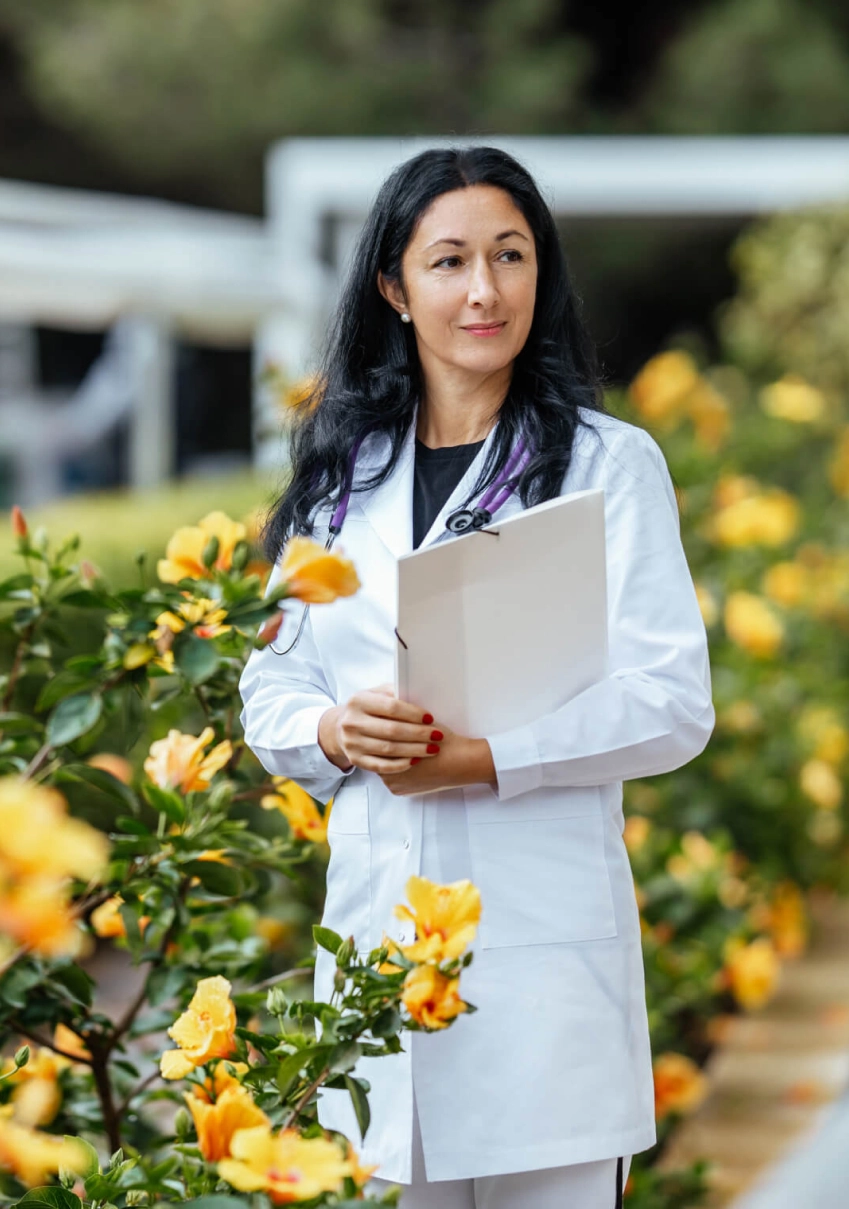
The cost of a course of treatment with a stay in a hotel
- Appointments and consultations
- Creating an individual program
- Conducting personal sessions
- Appointments and consultations
- Creating an individual program
- Conducting personal sessions
Other areas of work of our Center
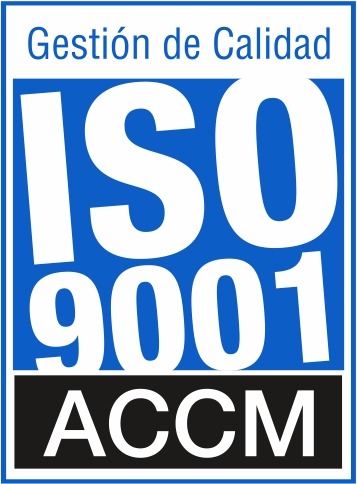






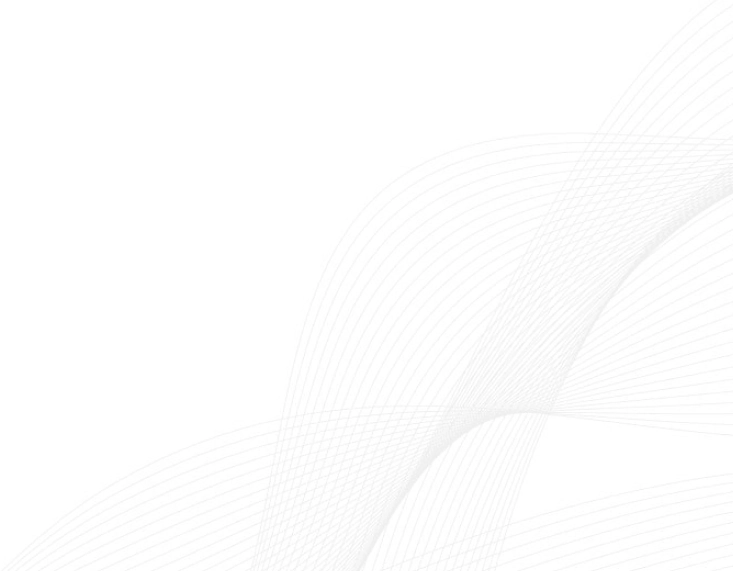
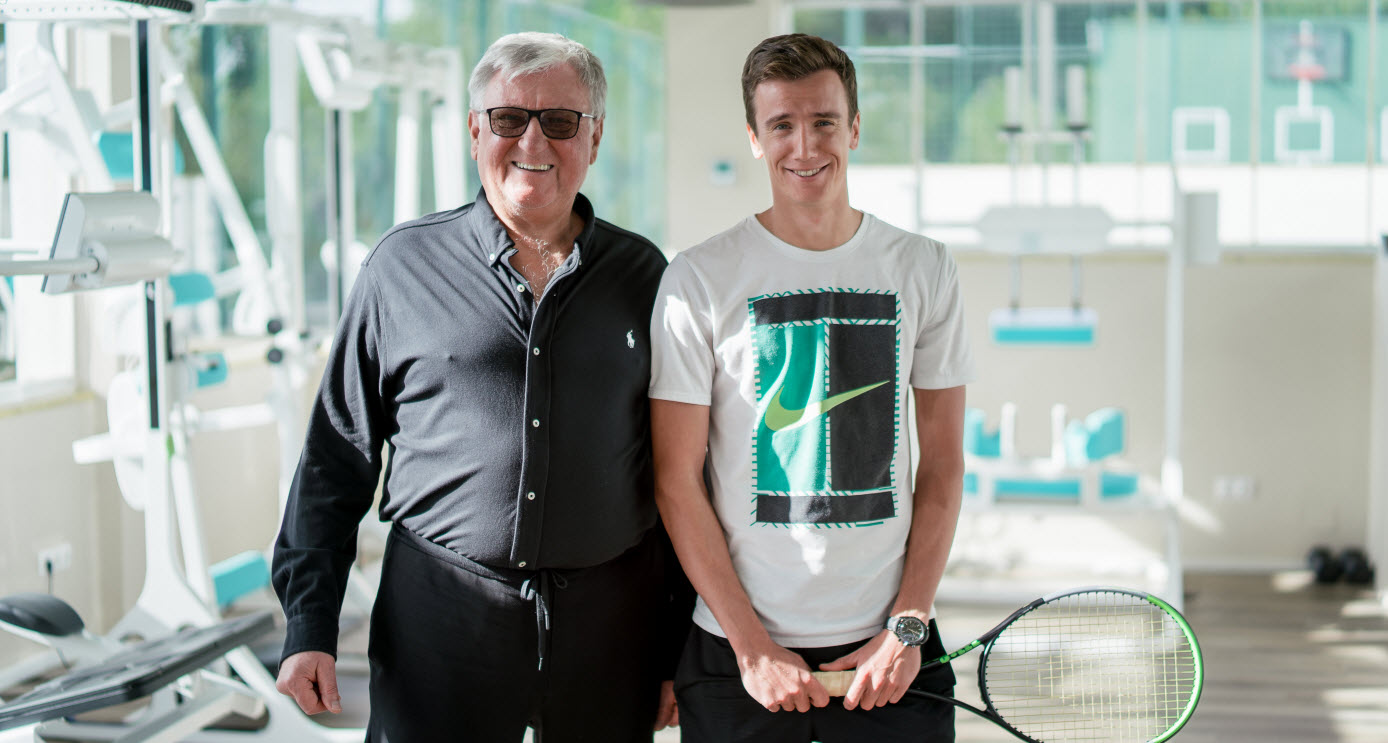
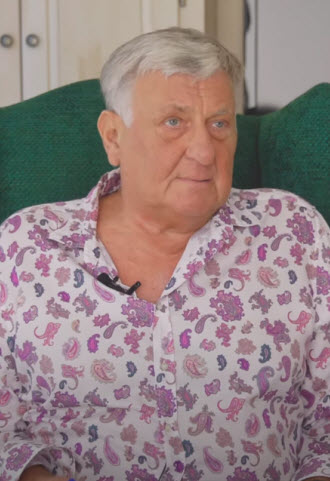
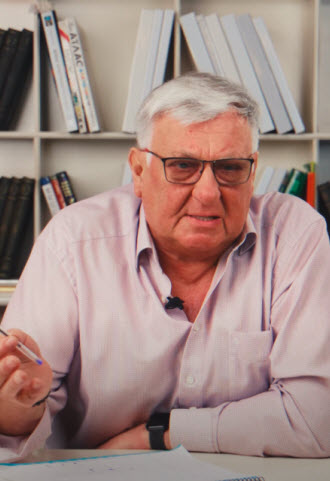
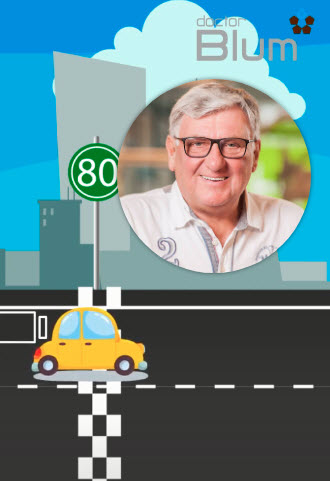
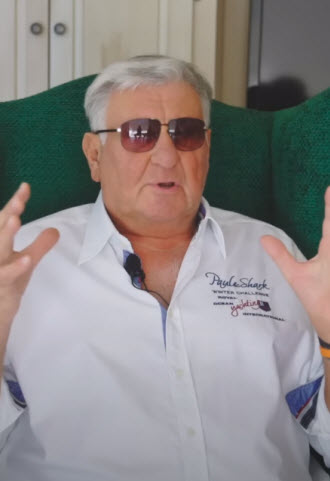
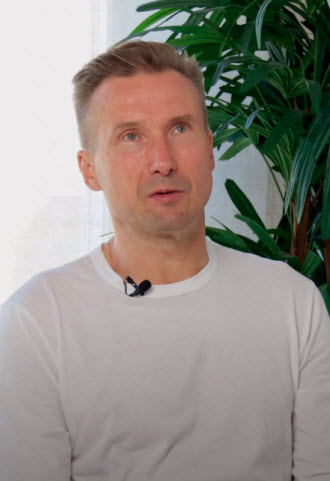
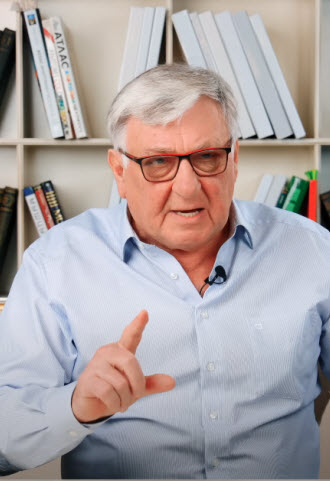

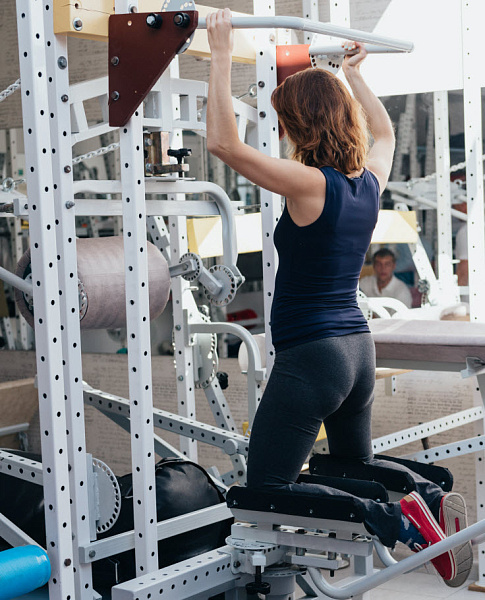
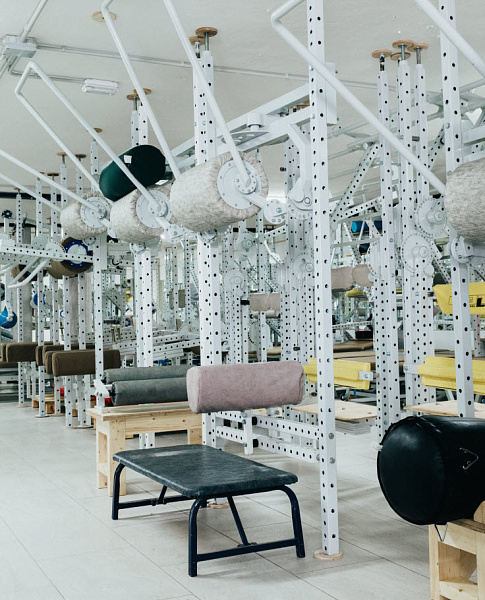

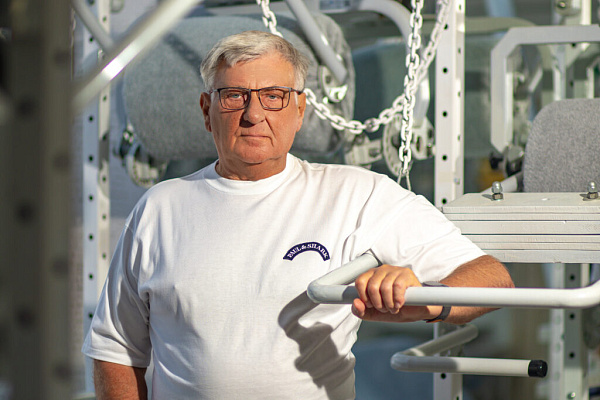
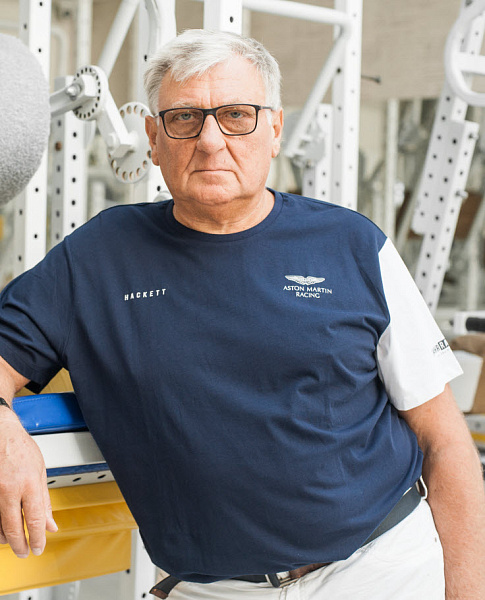
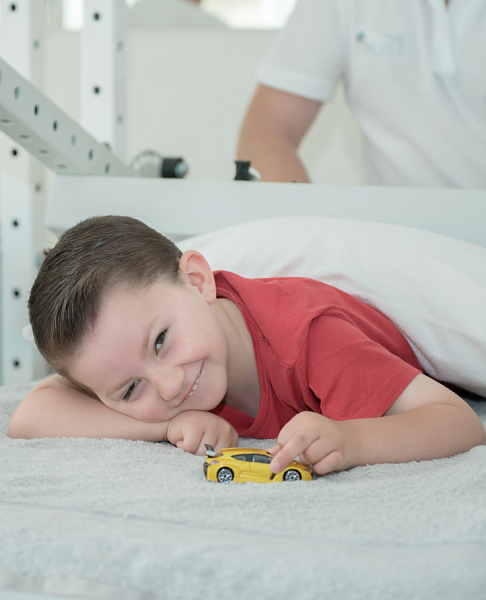
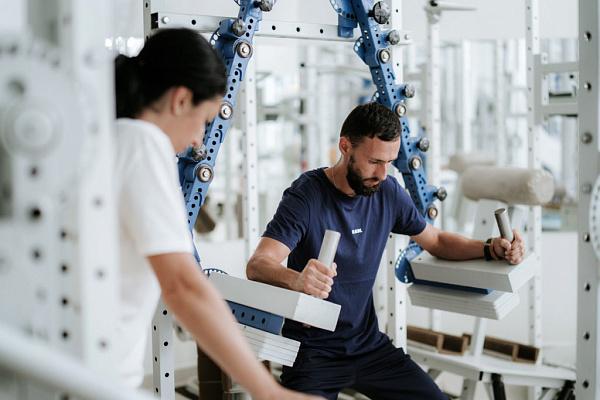
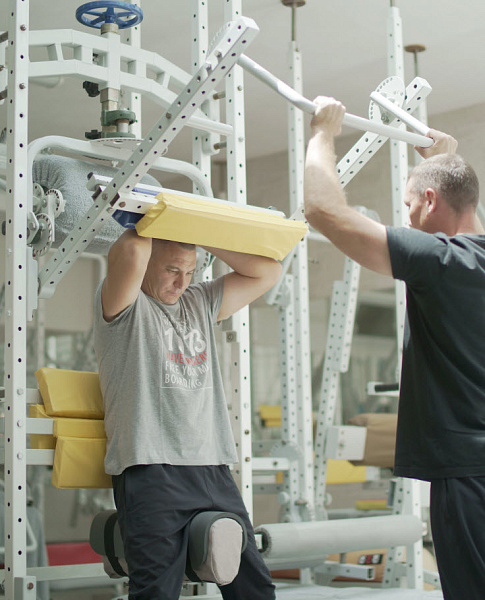
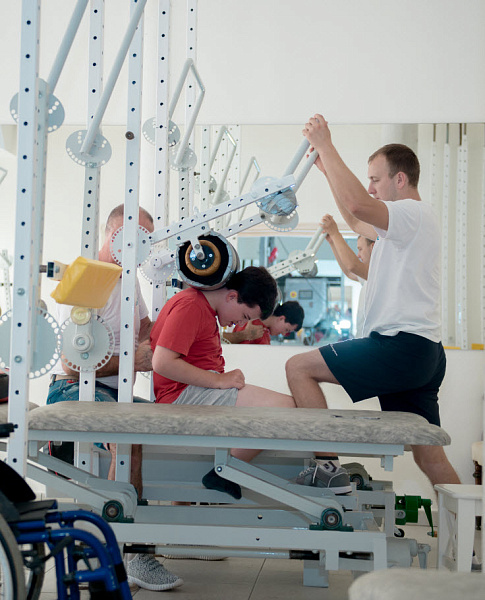
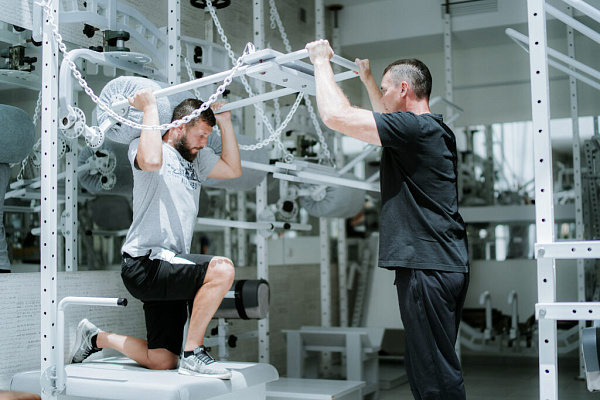
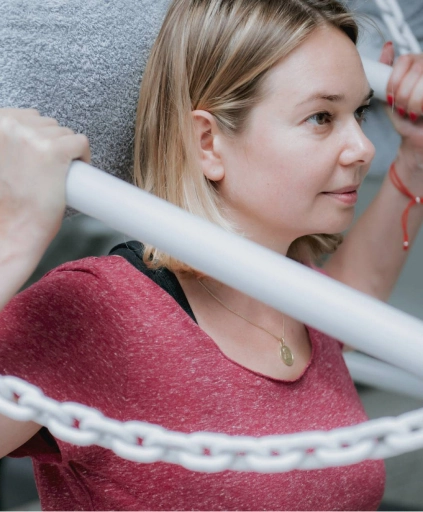
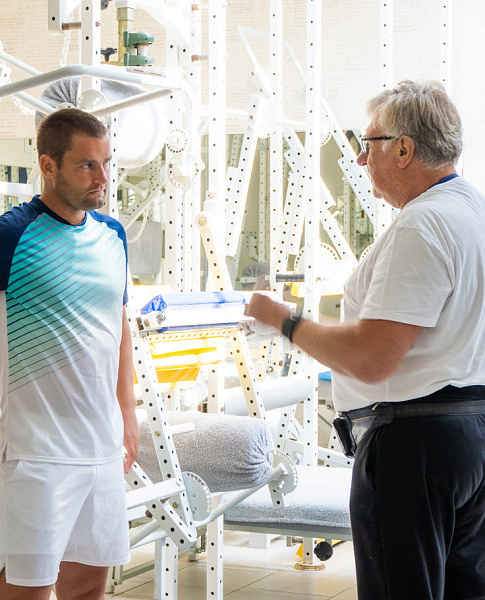

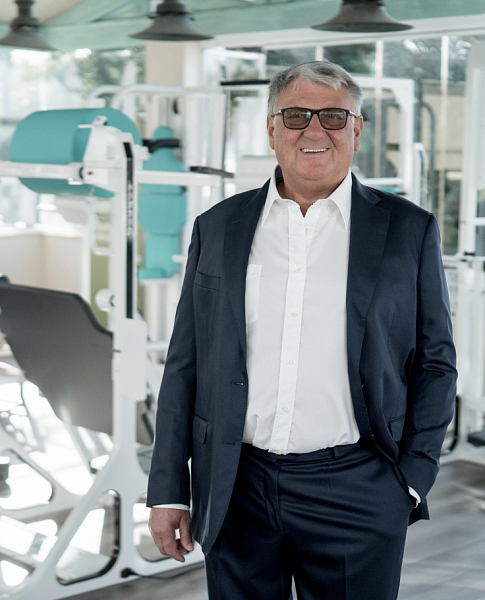

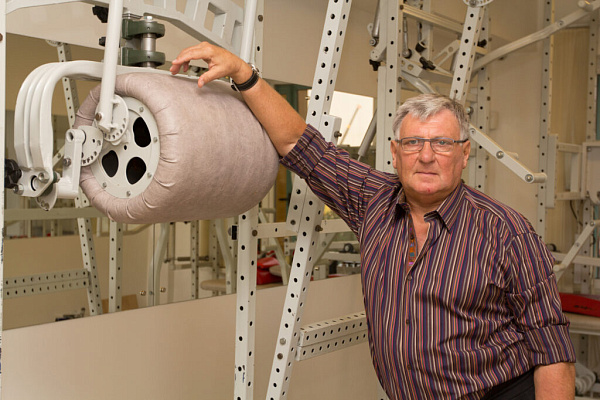
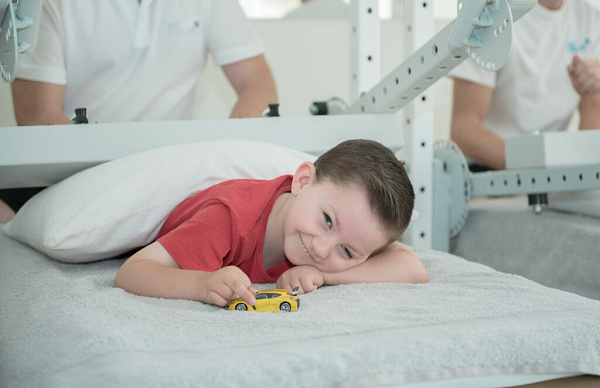
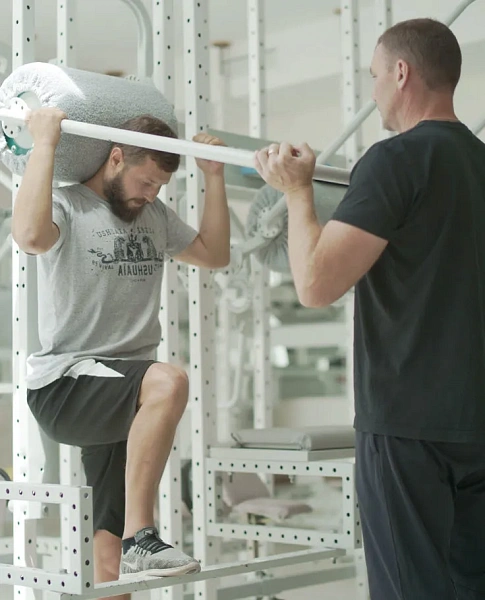
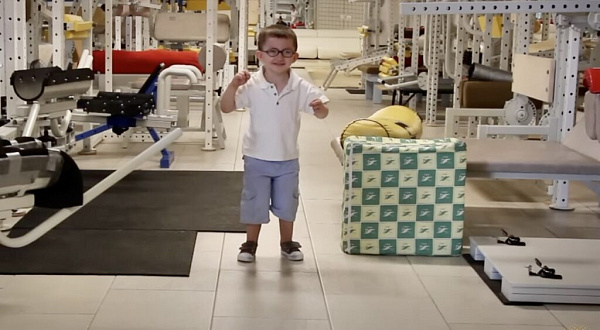
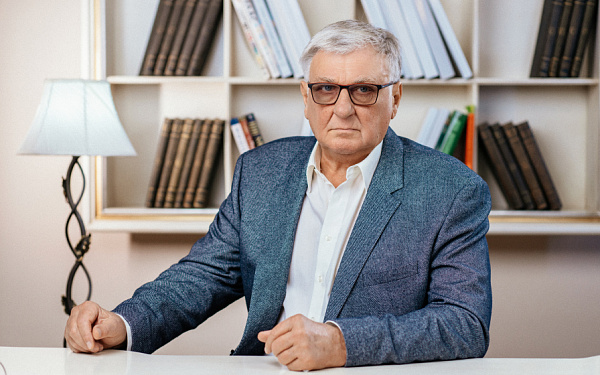
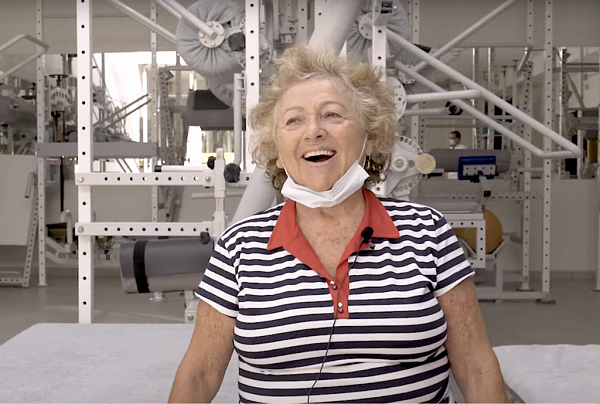

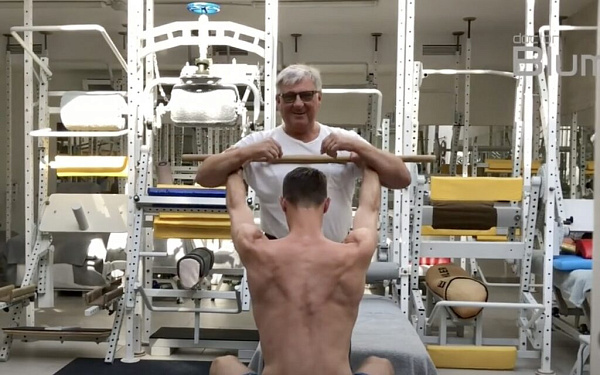
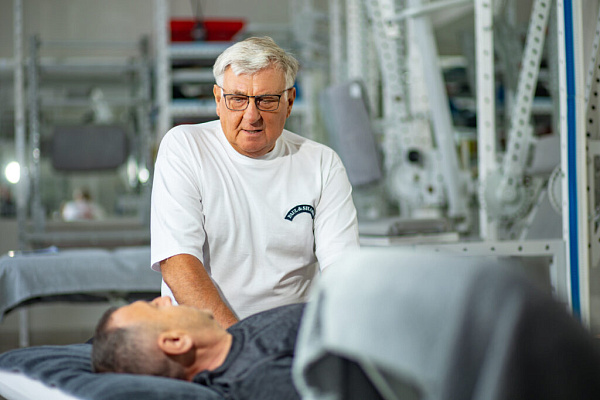

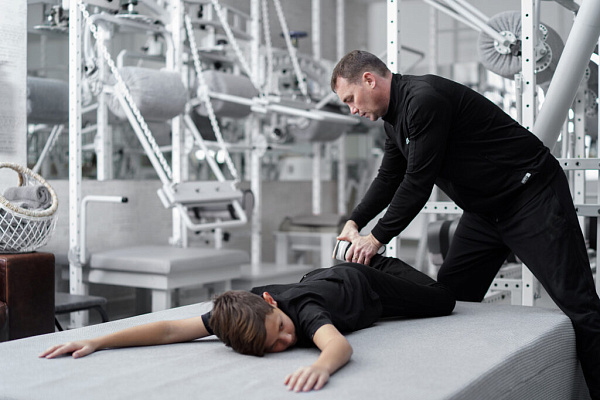

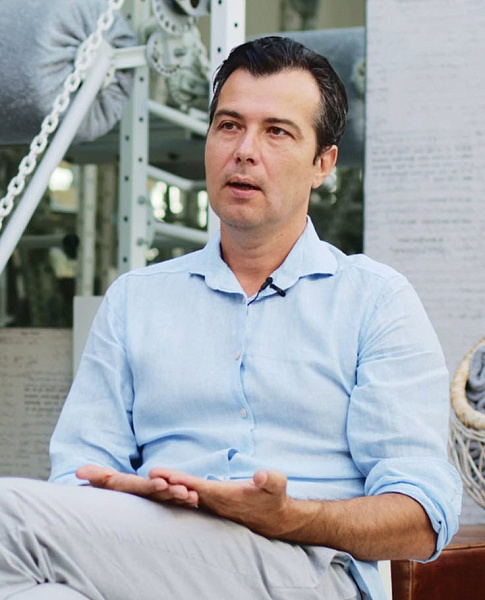
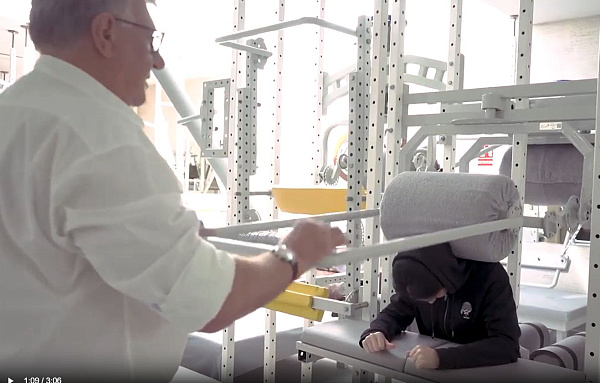
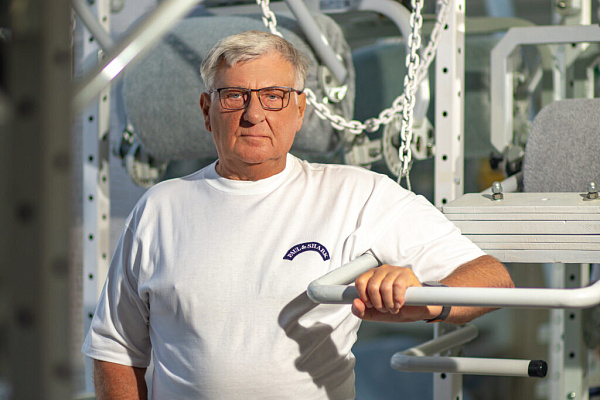
.webp)
